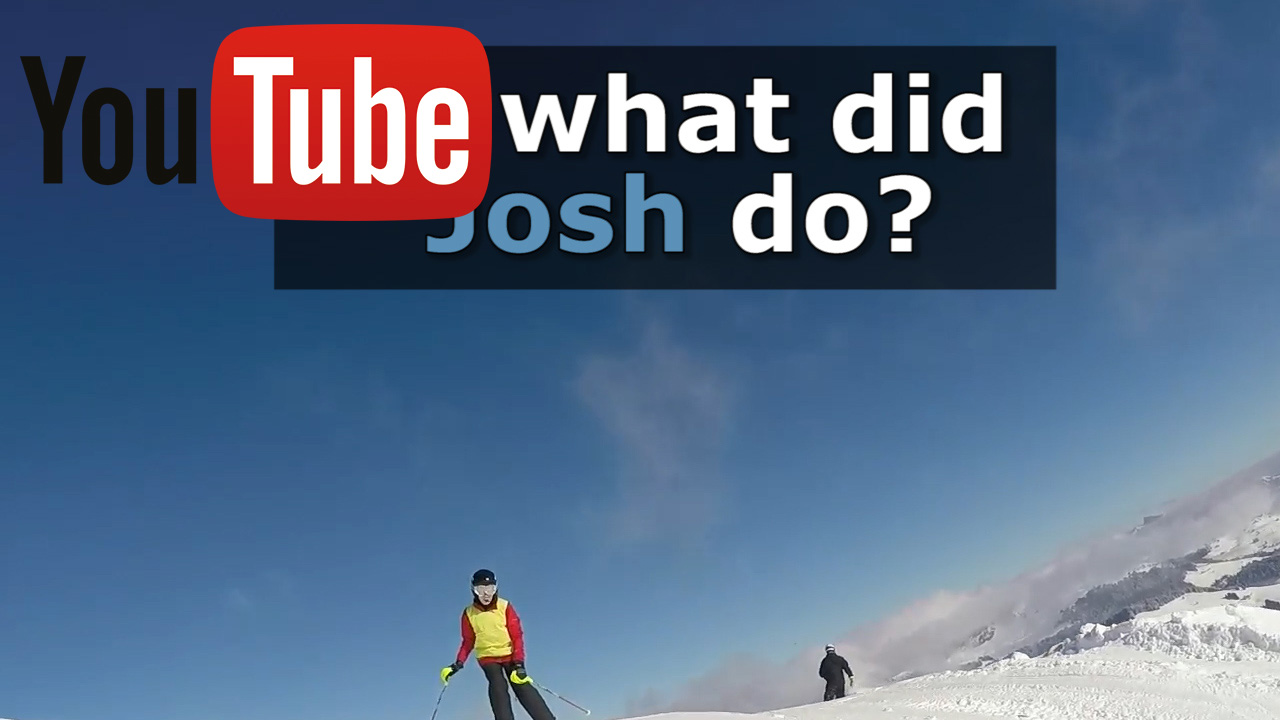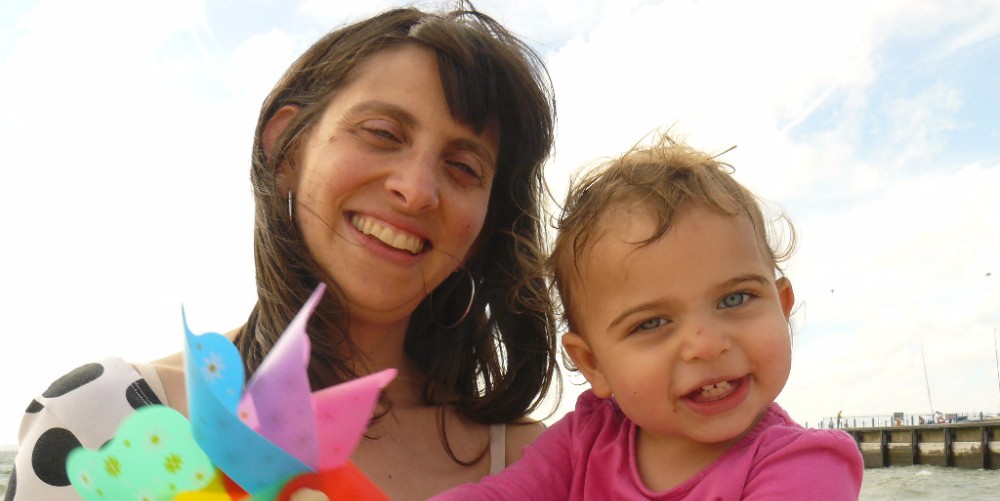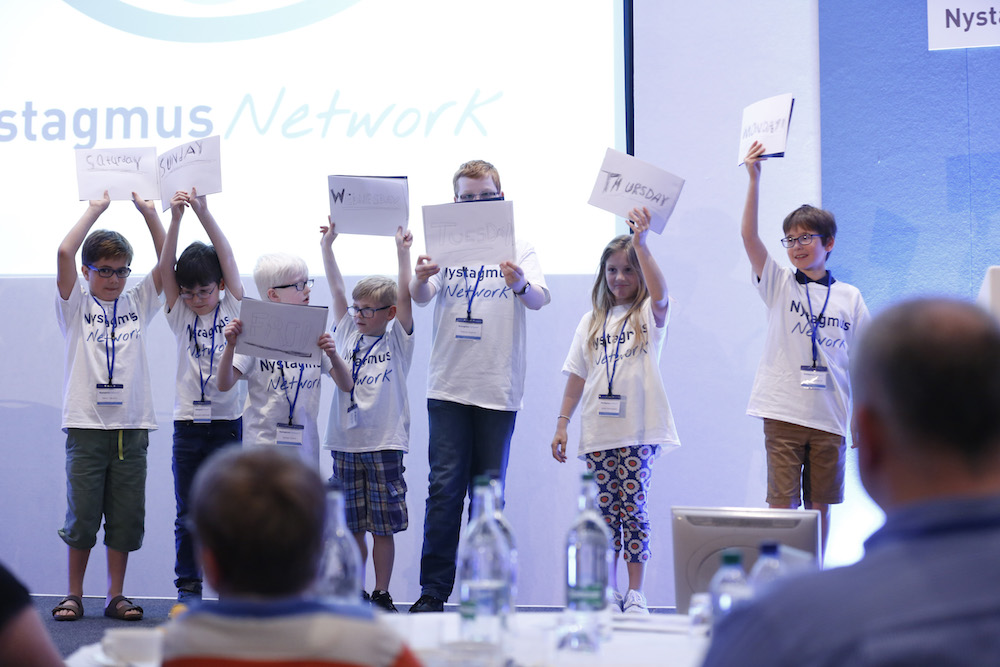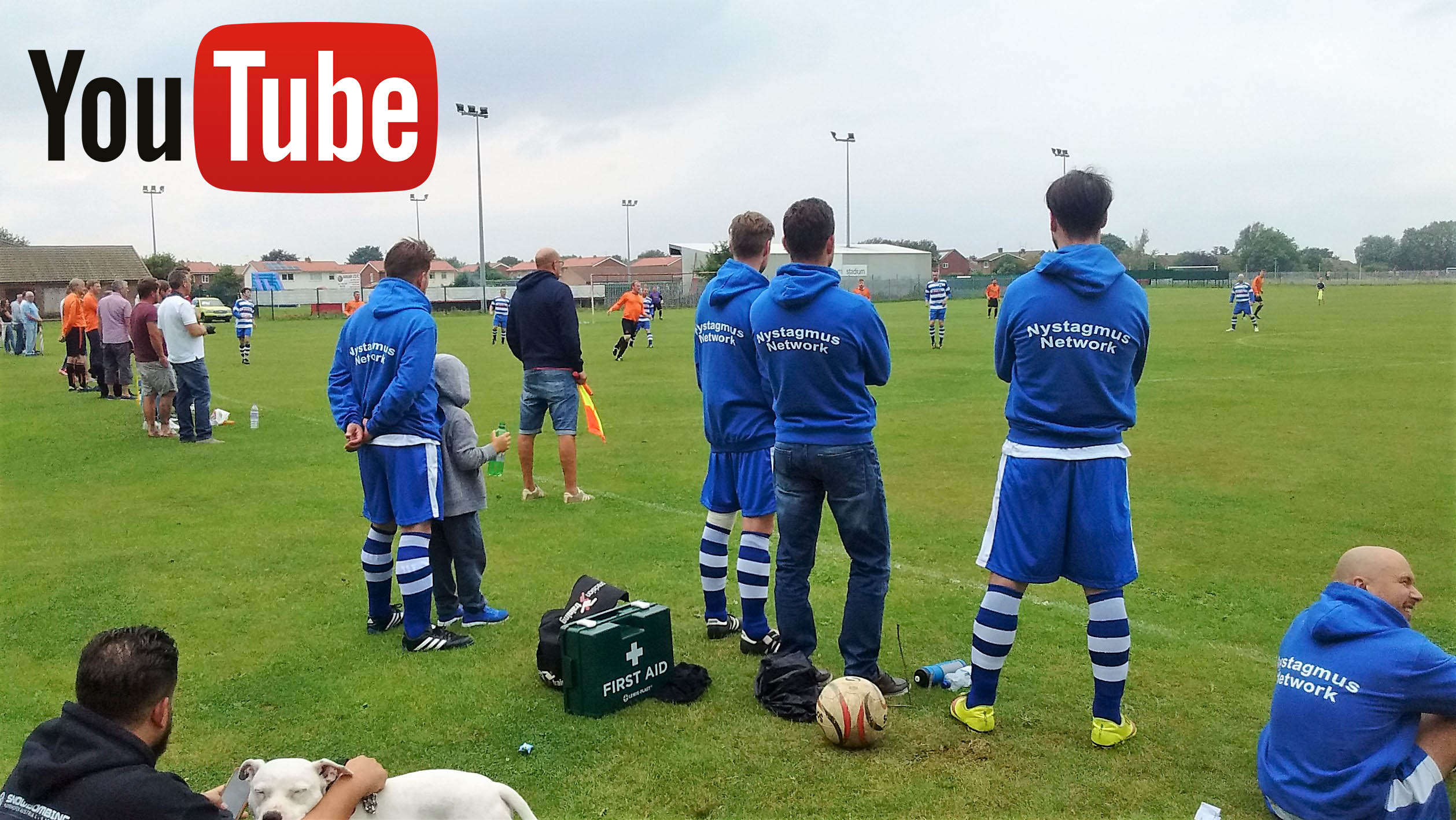


A mum with nystagmus shares her story
I made my first contribution to the Nystagmus Network Focus newsletter after much parental cajoling and days, weeks, months, if not years, of adolescent procrastination, in the mid-1990s. To save readers from searching the archive, I’ve got what I consider to be mild nystagmus and bad short sight and astigmatism.
Contact lenses are better than glasses but even with them I can’t see the numbers of buses until they’ve whizzed past the stop. All right, there are a few other inconveniences, like not being able to drive, but you get the picture. Well, here we are a couple of decades later and I am a parent.
“ My parents were brilliant about my nystagmus. I have to say that, they’re reading this!” – Julia
My daughter is 18 months old and it was clear from early on that her eyesight was better than mine; a smile from her father across the living room that I would not have seen without glasses brought a response from our few-week-old girl. So far, so no myopia. Nor have we seen any signs of nystagmus, so we congratulate ourselves on the random allocation of genes. (My father has nystagmus, hence the fear of passing it on.) That didn’t stop me from wondering about what sort of parent I would have been if she had had similar eye problems.
But how to help her understand my eyesight? As she gets to grips with the world around her, I realise it won’t be long before she’s pointing to the sky and saying, “Mummy, what’s that up there?” and I’ll have to go through the checklist. “Is it a bird? Is it a plane? Is it a figment of your imagination or mine?” How do I convince her that she doesn’t need to sit as close to the television as I do or hold books as close? Parenting: a catalogue of unknowns.
As she grows older, she is becoming more interested in story books, rather than picture books with one or two large-print words per page. I’m already having problems reading the text while allowing her to look at the book too. It’s just like that you’ll-have-to-share problem I had throughout primary school; I could never get close enough without hogging the textbook. Fortunately, I know most of the books we’ve got by heart by now, and no one is able to complain when I get a turn of phrase wrong — yet.
My nephew, aged three and a half, has recently issued the rude reminder that I’m pretty ropey at ball sports. I could tell that he was getting frustrated with my lack of volleying skills playing badminton in Grandma and Grandpa’s garden. I shan’t take it personally but will make a note to try to improve myself before my daughter gets to that stage.
My parents were brilliant about my nystagmus. I have to say that, they’re reading this. They were, though – in all areas but one, and that is that I learned to play the flute when really I wanted to play the cello. As I remember it, I was coerced into choosing the flute. My mother remembers it differently, but I think the arguments were as follows: the flute is smaller and easier to carry and, crucially, it goes sideways so you can get as close to the music as you need. Plus, James Galway has got nystagmus and he plays the flute. Valid arguments, yes, but I still believe that the cello is basically better than the flute and I’m sorry I didn’t get to learn it when I was young.
I have a number of experiences as a musician, albeit an amateur, related to my eyesight that I may share in another piece. I might not wait twenty years to file that copy. The moral of this story, though, is that if my child, nystagmus or no nystagmus, chooses to learn an instrument, she has free choice. But if she picks something large like the drums, the harp or the double bass, she’ll have to negotiate that with her father, the driver.
“If my child, nystagmus or no nystagmus, chooses to learn an instrument, she has free choice.” – Julia
If you have a story you would like to share with the nystagmus community through our newsletter please get in touch with us here.

Tom and his new class at school
Our latest video blog features an interview with one of our young members! In the video Tom talks about starting his new class at school and how he is a vital part of his school football team!
Everyone at the charity would like to say a big thank you to Tom for sharing his experiences.

Meet our new Nystagmus Network volunteers!
Today we are excited to officially announce our new volunteers at the Nystagmus Network! Earlier this year we started a recruitment drive to find people who were passionate and committed to supporting the nystagmus community as part of our peer-to-peer support model.
The charity was inundated with applications, ranging from adults with nystagmus to healthcare professionals. Following a short review, we are delighted to announce that the following people will be joining the Nystagmus Network as volunteers:
- Rachel Thomas who is a parent to a child with nystagmus
- Elizabeth Jones who has recently qualified as an Orthoptist
- Nikki Espiner who runs the Wobbly Days for Nystagmus Families Facebook group and has a child with nystagmus
- Jenny Rose who has acquired nystagmus associated with ataxia
- Julie Stewart who runs the Wobbly Days for Nystagmus Families Facebook group and has a child with nystagmus
- Jamie Chapman who has congenital nystagmus
- Sara Riggs who is a parent to a child with nystagmus
- Penny Marsh who moderates the Nystagmus Network Facebook group and is a parent to a child with nystagmus
- Leanne Leung who is an optometry student entering the second year at MCPHS University
- Jen Martin who is based in Canada and will help us signpost families from North America to the appropriate support services and to offer advice
“Volunteers help us support our community!” – Richard Wilson, Chairman of the Nystagmus Network
How to contact our volunteers
Each of our new volunteers will play an important part in the work we do at the Nystagmus Network. They will be a direct link to the nystagmus community and they will be the main contacts for our new call back service the charity offers which can be accessed here.
Along with being very active on social media (such as our charity Facebook page) they will also use their experience and expertise to respond to queries submitted through our website here.
The benefits of our volunteers
One of the main benefits of this volunteer service is that anyone who contacts the charity will be able to speak with someone who completely understands their own personal situation. This means that an adult with acquired nystagmus will be able to speak to another adult with the condition, while a parent to a child with congenital nystagmus will be able to speak with another parent. Through this new peer-to-peer support model we believe we will be able to better support the nystagmus community.
We hope you will join us in welcoming all ten of our volunteers to the charity and we are sure they will make a big difference! If you have any questions about our volunteer service you can get in touch with us here.
Have a great day from everyone at the Nystagmus Network!

Fundraising for the Nystagmus Network
Our latest video blog features an interview by our very own Sue with two of the charity’s fundraisers! Gavin and Paula Birch recently held a fun day and football match for the Nystagmus Network where they were able to raise funds and awareness of the condition. Their daughter Freya was diagnosed with nystagmus when she was eight weeks old and they want to help the charity and other families in any way they can.
Everyone at the charity would like to say a big thank you to Paula and Gavin and if you would like to make a donation to their event you can do so here http://www.justgiving.com/nystagmusroyalqueenfc.
